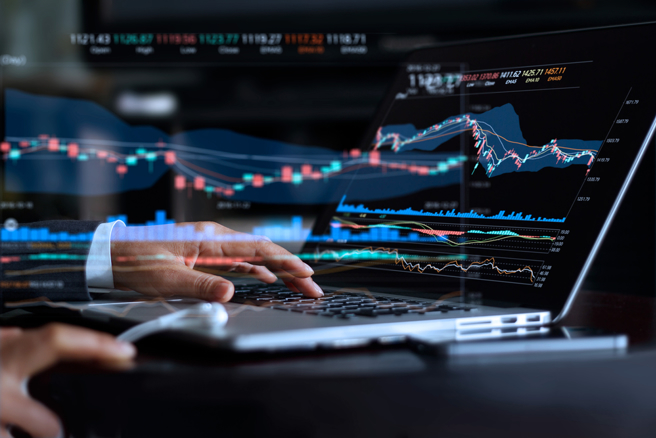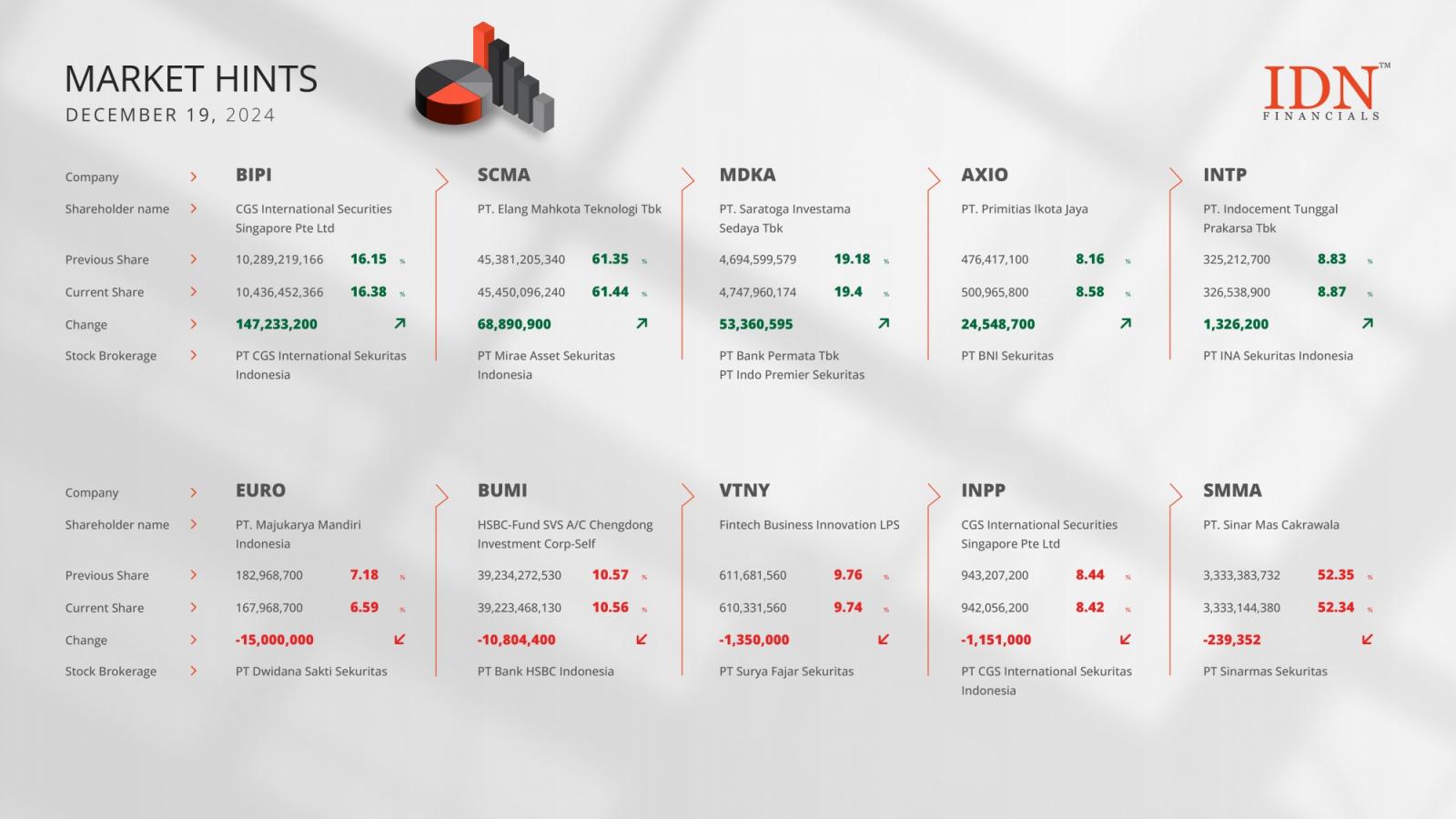Bitcoin’s price is soon due for some major price action following an extended period of unusually low volatility, onchain analysis suggests.
Bitcoin Price Move Incoming
In a newsletter published on Monday, lead Glassnode analyst James Check noted that the Sell-Side Risk Ratio for Short-term Holders is “dropping like a stone,” a behavioral indicator suggesting that the market is starved for new prices.
“Range contraction (consolidation) leads to Range Expansion (trending),” wrote Check in an accompanying tweet. “Bitcoin is coiled like a spring, and it usually doesn’t sit still like this for long.”
Range contraction (consolidation) leads to Range Expansion (trending).#Bitcoin is coiled like a spring, and it usually doesn't sit still like this for long.
Sell-Side Risk Ratio for Short-term Holders is dropping like a stone, telling us it is time to move. pic.twitter.com/JIu6Ps60pE
— _Checkmate 🟠🔑⚡☢️🛢️ (@_Checkmatey_) June 3, 2024
The Sell-Side Risk Ratio compares the cumulative realized profits and losses of traders to Bitcoin’s “realized cap” – the total value of all bitcoins based on when they were last transacted.
If realized profit and loss are low compared to realized cap, it’s a sign that everyone intending to take profits or losses at current prices has now done so. In other words, the price needs to move to motivate traders to start spending again.
“This is an indicator that equilibrium is close to being reached, and signals we should expect a bigger price move is incoming,” Check wrote.
The indicator doesn’t intrinsically gauge whether the next price move will be to the upside or downside.
In Glassnode’s weekly report on Tuesday, the firm noted that many short-term holder coins have been accumulated close to the current spot price, which “introduces a risk of increased investor sensitivity to any volatile price fluctuations in either direction.”
Bitcoin’s price happened to experience some upside volatility on Tuesday, rising 3% up to $71,000.
Watch The Bond Market
Despite the bullish optimism, Check argued that investors should keep an eye on unfolding macro events that could trigger downside volatility in the near term.
Specifically, sticky inflation expectations in the United States appear to be pushing the Federal Reserve towards a “higher for longer” interest rate regime.
That includes the possibility of dropping bond prices even further, which will reduce investor risk appetite across the board since US debt is a universal form of collateral.
“The bond market is the one that gets to ‘call time’ on risk assets and financial stability,” wrote Check. “Should yields accelerate higher from here, it starts getting close to the territory where things could get hairy, and fast.”





